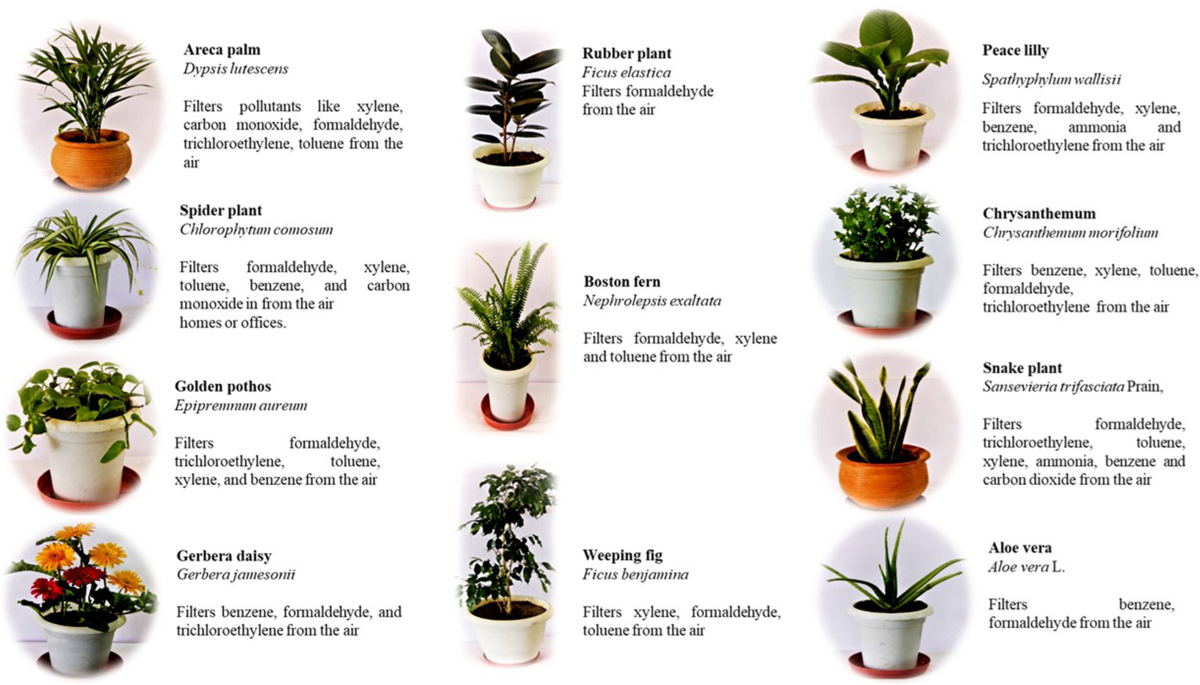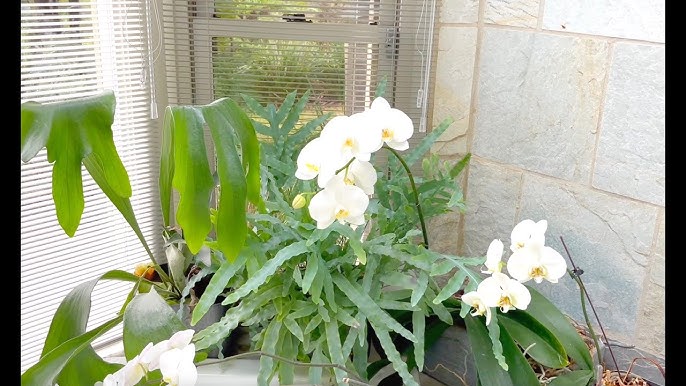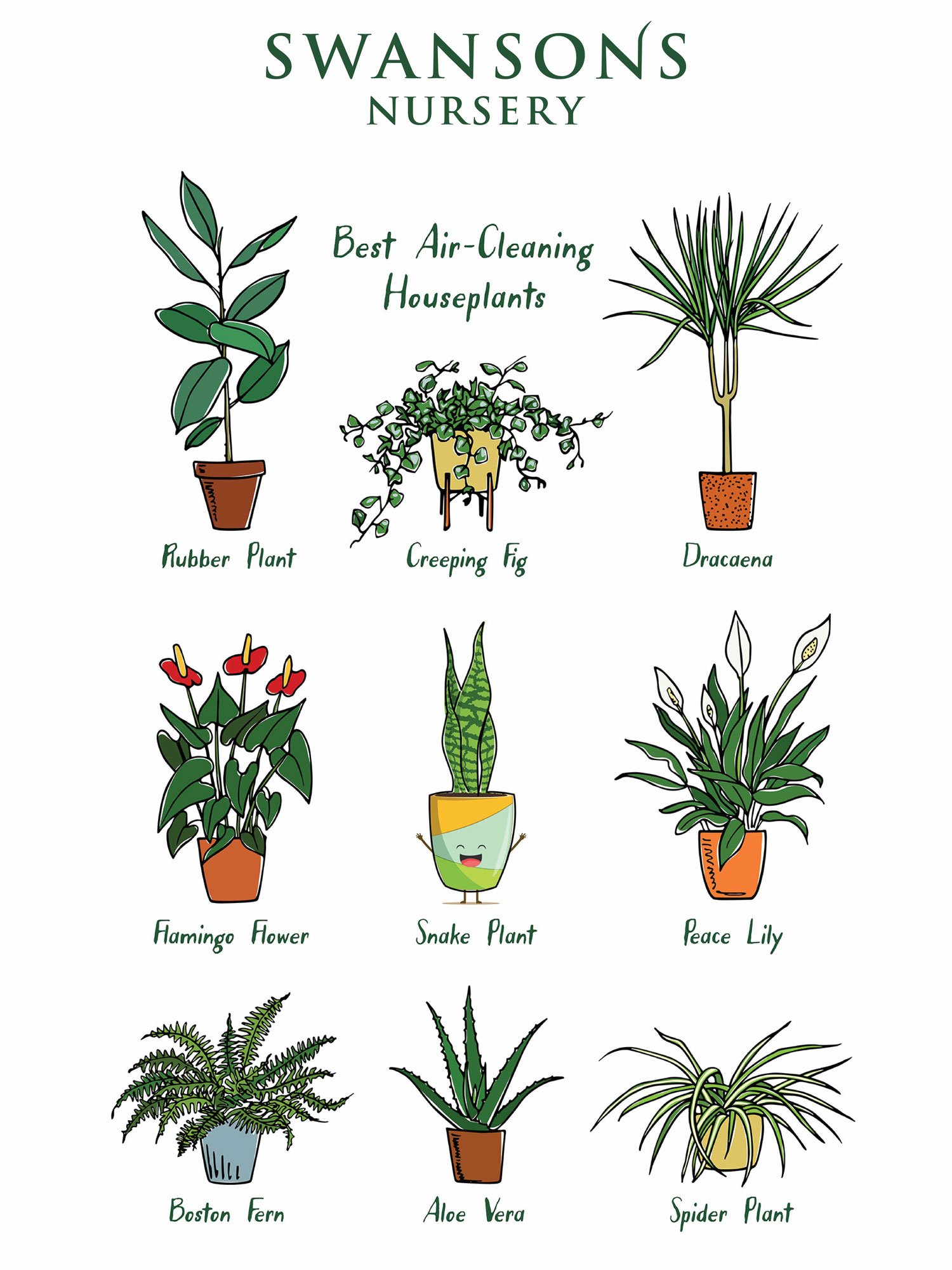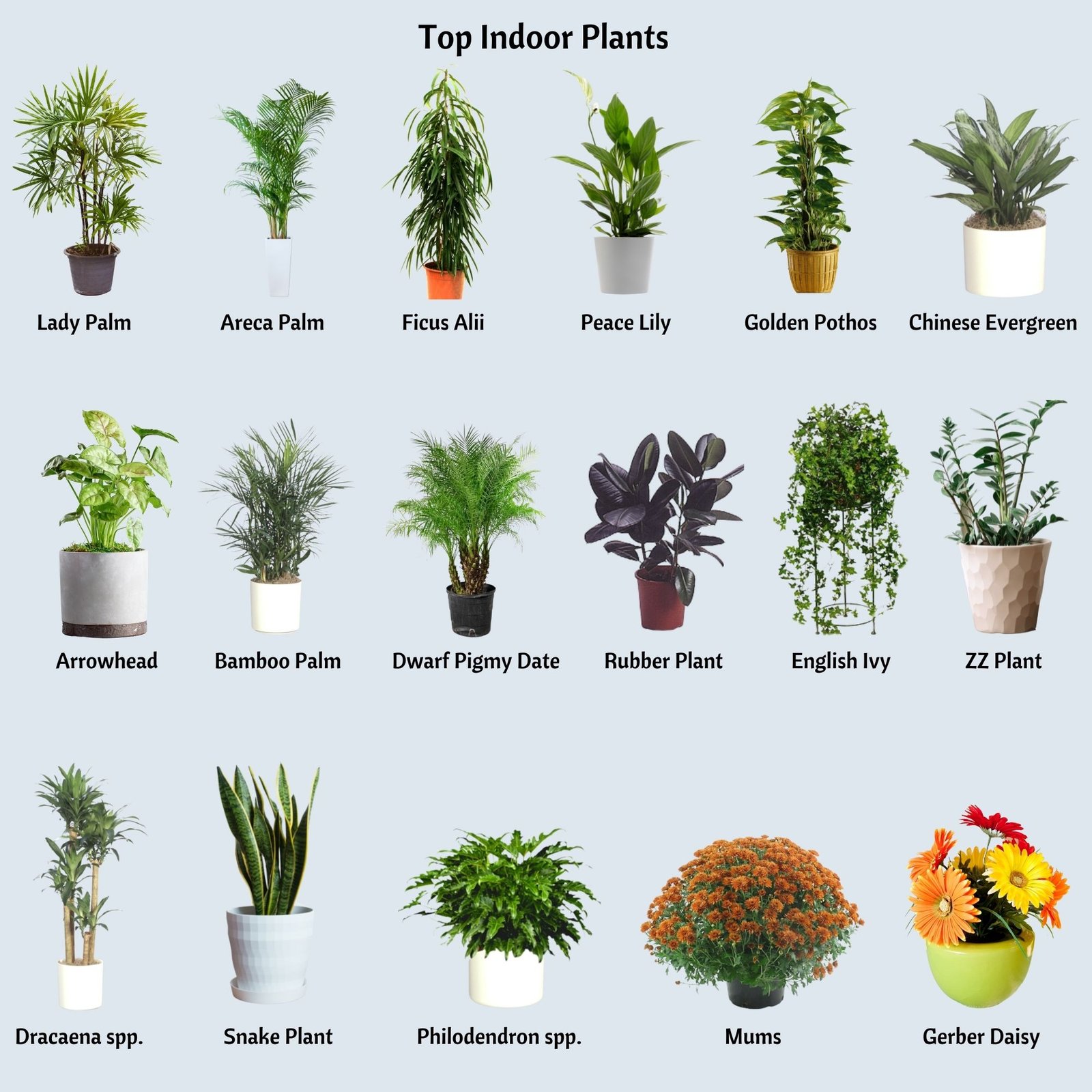Yes, small plants can improve air quality. They absorb pollutants and release oxygen.
But how effective are they in real-world settings? Many people believe that small plants can purify indoor air. This idea comes from various studies showing plants’ ability to filter toxins. But is this benefit significant? In this blog post, we will explore how small plants can influence air quality.
We’ll look at scientific findings and real-life examples. By the end, you’ll have a better understanding of whether adding a few plants to your space is worth it. Let’s dive into the green world of plants and air quality improvement.
Introduction To Air Quality
Air quality is a crucial factor for our health and well-being. Poor air quality can lead to various health problems. Understanding air quality is essential to improving it. This section will introduce the concept of air quality and its importance.
Importance Of Clean Air
Clean air is vital for our health. It reduces the risk of respiratory diseases. Clean air also improves overall quality of life. Children and elderly are especially vulnerable to poor air quality. Ensuring clean air is a shared responsibility. Everyone benefits from cleaner air.
Common Air Pollutants
Many pollutants can harm air quality. Common pollutants include dust, smoke, and chemicals. Vehicle emissions contribute significantly to air pollution. Industrial activities also release harmful substances. Indoor air can be polluted by household products. Even some cooking methods can affect air quality indoors.
Understanding these pollutants is the first step to reducing them. Small plants can play a role in improving air quality. They can help filter out some pollutants. This makes plants a valuable addition to any living space.

Credit: matsuoutdoorsmanshow.com
Role Of Plants In Air Purification
Small plants can do wonders for indoor air quality. They not only add beauty to your space but also help purify the air. By understanding the role of plants in air purification, we can make our homes healthier.
Photosynthesis And Oxygen Production
Plants play a vital role in producing oxygen. They do this through a process called photosynthesis. During photosynthesis, plants absorb carbon dioxide and release oxygen. This process improves the air quality inside your home.
Here’s how it works:
- Plants take in carbon dioxide through tiny holes in their leaves.
- They use sunlight to convert carbon dioxide into food.
- Oxygen is released as a byproduct.
By adding small plants to your home, you increase the oxygen levels. This can make your indoor air feel fresher and cleaner.
Absorption Of Pollutants
Small plants can also absorb harmful pollutants. These pollutants include formaldehyde, benzene, and trichloroethylene. These chemicals are found in many household items such as cleaning products and furniture.
Here is a table showing some common pollutants and the plants that can absorb them:
| Pollutant | Plant |
|---|---|
| Formaldehyde | Spider Plant |
| Benzene | English Ivy |
| Trichloroethylene | Peace Lily |
These small plants can absorb pollutants through their leaves and roots. They then break down these chemicals and store them safely. This process helps to reduce the levels of indoor air pollution.
By choosing the right plants, you can create a healthier environment. Small plants are not only decorative but also functional. They improve air quality by producing oxygen and absorbing pollutants. So, consider adding a few small plants to your home for cleaner air.
Types Of Small Plants For Air Quality
Small plants like spider plants, snake plants, and peace lilies can improve indoor air quality. These plants filter toxins and add oxygen. They are easy to care for and enhance home environments.
Small plants can help improve indoor air quality. They can remove toxins and produce oxygen. Choosing the right plants is essential for effective air purification. Let’s explore some popular options and low-maintenance choices.Popular Indoor Plants
Spider plants are a favorite for many homes. They are easy to grow and care for. Spider plants can remove toxins like formaldehyde from the air. Peace lilies are another great option. They are known for their ability to filter out harmful chemicals. Peace lilies can thrive in low light, making them perfect for indoor spaces. The snake plant is also popular. It can convert carbon dioxide into oxygen at night. This makes it ideal for bedrooms.Low-maintenance Options
Succulents require minimal care. They do not need frequent watering. Succulents can also help purify the air. Pothos is another low-maintenance plant. It can grow in various light conditions. Pothos is effective at removing indoor pollutants. ZZ plants are tough and resilient. They can survive in low light and with little water. ZZ plants are great for improving indoor air quality. Choosing the right small plants can make a big difference. They not only beautify your space but also purify the air. “`Scientific Studies On Plants And Air Quality
Small plants can do more than just beautify a space. They might also help improve air quality. Over the years, many scientific studies have explored how plants can clean indoor air. Let’s dive into some key studies.
Nasa Clean Air Study
In 1989, NASA conducted a study to see if plants could clean the air in space stations. They found that certain plants can remove harmful toxins. These toxins include formaldehyde, benzene, and trichloroethylene.
Some of the best plants for removing these toxins are:
- Spider Plant (Chlorophytum comosum)
- Snake Plant (Sansevieria trifasciata)
- Peace Lily (Spathiphyllum)
The study showed that plants use their leaves, roots, and soil to absorb and break down pollutants. This process helps to purify the air indoors.
Recent Research Findings
Since the NASA study, many scientists have continued to research this topic. Recent findings suggest that while plants do help, the effect is often small. For example, a 2019 study from Drexel University found that plants need to be in large numbers to make a significant impact.
Key points from recent research:
- Plants can remove volatile organic compounds (VOCs).
- Effective air cleaning requires a high plant-to-space ratio.
- Plants can also improve mental health and reduce stress.
While the impact might be modest, having plants indoors can still contribute to better air quality and overall well-being.
Benefits Of Small Plants Beyond Air Quality
Small plants are often praised for their ability to improve air quality. But, their benefits extend far beyond that. They can transform your living space in many ways. Let’s explore some of these additional benefits.
Aesthetic Appeal
Small plants add beauty to any room. Their vibrant colors and unique shapes create a pleasing environment. They can make a plain space look lively and attractive. Whether placed on a desk or a windowsill, they enhance the décor. Their presence can make your home feel more welcoming.
Mental Health Benefits
Having small plants around can boost your mood. They can reduce stress and improve focus. Studies show that being near plants can lower anxiety levels. Caring for plants can also give a sense of accomplishment. This can be very fulfilling and uplifting. Plants can bring a sense of calm and peace into your life.

Credit: www.youtube.com
Challenges Of Using Small Plants
Using small plants to improve air quality sounds like a great idea. Yet, this method faces several challenges. Small plants alone cannot solve all air quality issues. Below, we explore the main challenges faced when using small plants for this purpose.
Limitations In Pollution Reduction
Small plants have limited capacity to absorb pollutants. Their size restricts the amount of air they can filter. They can remove some toxins, but not all. Large areas with heavy pollution need more than just small plants. Relying solely on them may lead to disappointing results. They work best in small, enclosed spaces.
Maintenance Requirements
Small plants need regular care. They require watering, sunlight, and occasional pruning. Neglecting these needs can lead to plant death. Dead plants do not filter air. Keeping them healthy requires time and effort. Some plants may also need specific soil and fertilizer. This adds to the upkeep needed for them to thrive.
Tips For Maximizing Plant Benefits
Small plants can significantly improve indoor air quality. They absorb toxins and release oxygen. To maximize these benefits, consider the following tips. Proper placement, care, and maintenance are crucial for plant health and air purification.
Optimal Placement
Place plants where they can thrive. Light is essential. Choose spots with natural light for most plants. Avoid direct sunlight for sensitive plants. Bathrooms and kitchens are ideal for humidity-loving plants. Keep plants away from drafts and heating vents.
Care And Maintenance
Regular care ensures plant health. Water plants based on their needs. Overwatering can harm roots. Use well-draining pots. Fertilize plants every few weeks. Clean leaves to remove dust. Prune dead leaves to encourage growth. Rotate plants for even light exposure.

Credit: www.swansonsnursery.com
Frequently Asked Questions
Can Small Plants Really Improve Air Quality?
Yes, small plants can improve air quality. They absorb pollutants, increase humidity, and produce oxygen.
Which Small Plants Are Best For Air Quality?
Spider plants, peace lilies, and snake plants are excellent for improving air quality. They are easy to care for.
How Many Small Plants Are Needed To Purify Air?
One small plant per 100 square feet is recommended. This can help effectively reduce indoor air pollutants.
Do Small Plants Remove Toxins From The Air?
Yes, small plants can remove toxins like formaldehyde and benzene. They act as natural air purifiers.
Conclusion
Small plants can greatly improve indoor air quality. They filter toxins and release oxygen. Their presence can boost mood and productivity. Easy to maintain, they fit well in any space. Choose the right plants for your environment. Start small, see big differences.
Cleaner air and a healthier life await you. Consider adding small plants to your home or office today. Enjoy the benefits of nature indoors. Simple, yet effective.





